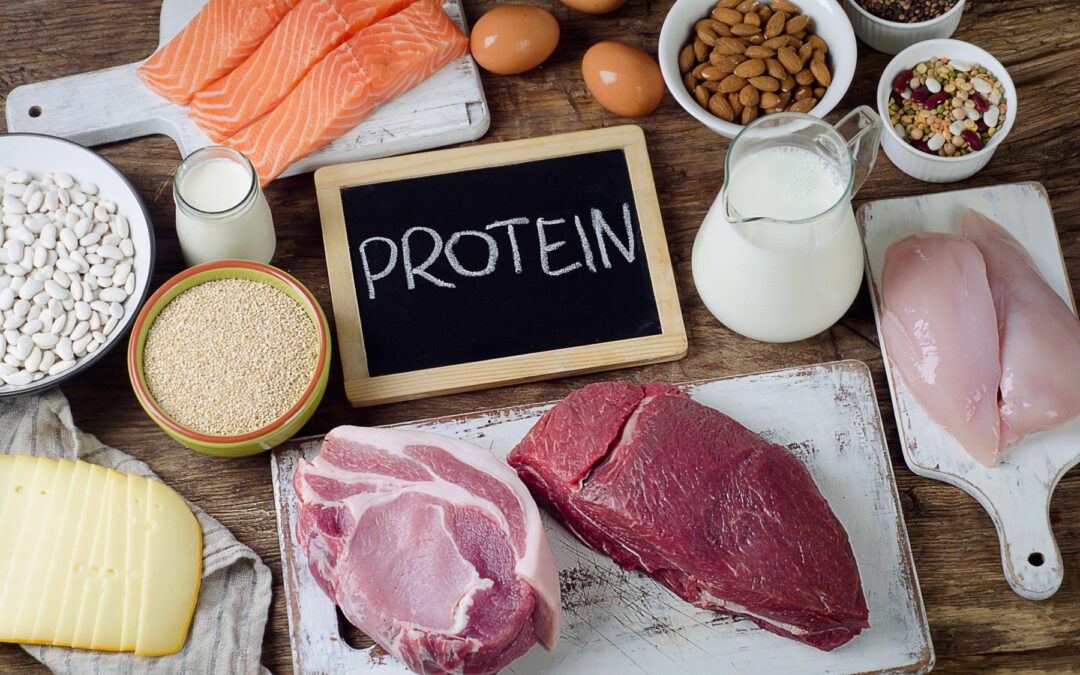Looking for ways to increase your protein intake to help you achieve your nutrition and health goals? You’re not alone! Protein is one of the key macronutrients which can help you make your goals a reality. Let’s dive into why it’s so important to prioritise, and how to increase your current intake to support your progress.
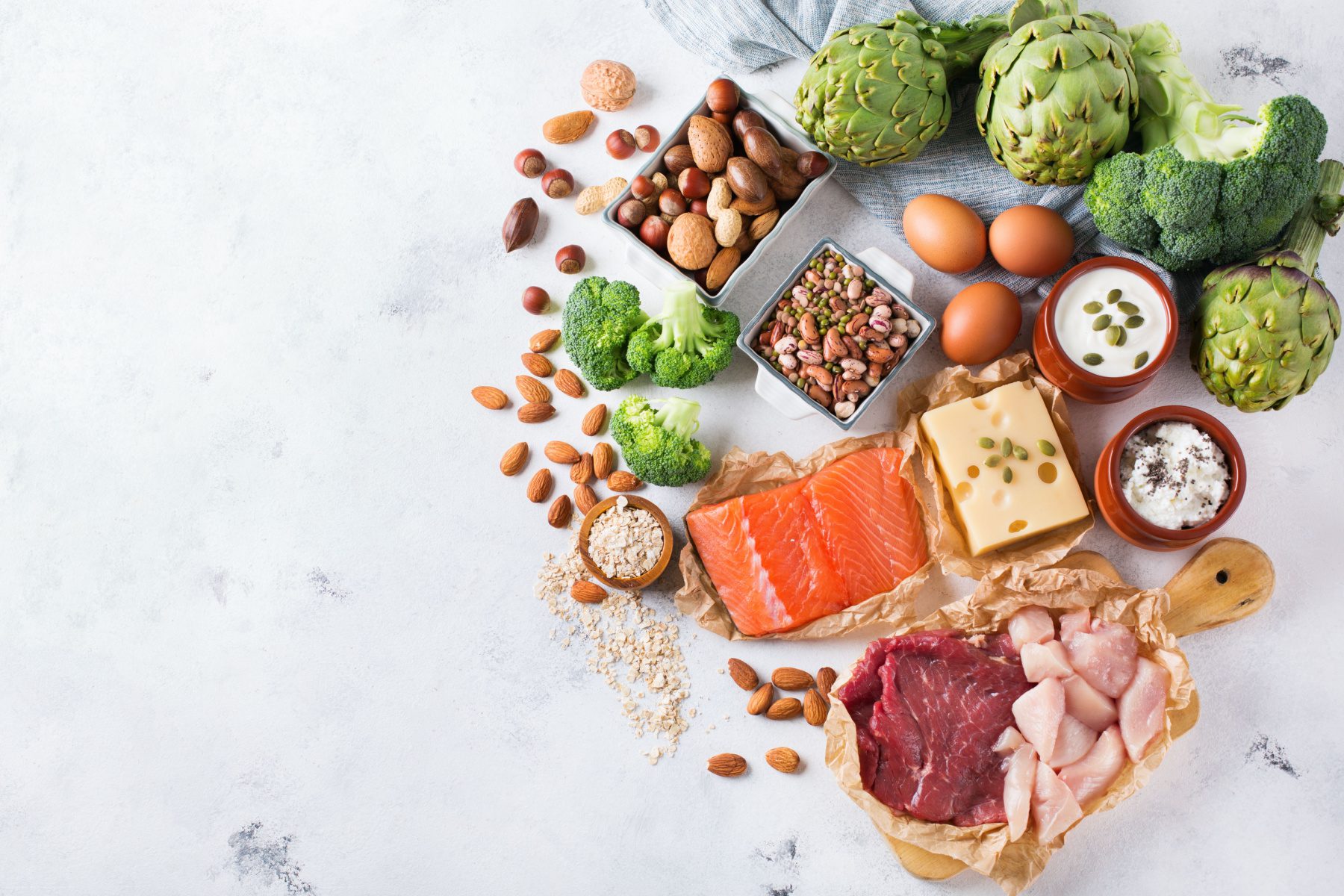
Table of Contents
Why is protein important for helping you achieve your health goals?
Protein can help you achieve your nutrition and health goals in a few different ways. Firstly, it’s the most satiating macronutrient, meaning it keeps you feeling fuller for longer. If you’re eating enough protein throughout the day, you’re less likely to overeat or binge on sugary or salty snacks – simply because your body feels satisfied and nourished. This gives you better control over your food choices and eating behaviours, so you can act in line with your health goals, helping you achieve them faster.
Studies have shown that as humans, we have certain protein needs which are individual to each of us. But our bodies prioritise our protein needs above other nutrients. This means, we will keep eating and eating until we’ve met our “threshold” of protein requirements. So, for example, if you needed 60 g of protein per day, and you ate a burger with 6 g of protein, you’d need to eat 10 of them to meet your needs for that day. And you’d feel hunger driving you to continue eating until you hit your target. Or, on the other hand, if you ate one single burger which contained the 60 g of protein you needed, your body would be satisfied, and you’d need to eat far less as the day went on since you’d met your protein needs. Essentially, you’ll keep eating until you get the protein you need, so by prioritising protein and including it in each of your meals and snacks, you’re much less likely to overeat on carbs, fats and other things!
Protein also has a greater thermic effect than the other macronutrients. This means it’s more difficult for your body to break down and digest than, say, carbs or fats, so protein burns more calories as you digest it compared to other nutrients. Therefore if you eat a protein-rich meal, compared to a carbohydrate-rich meal, you’ll expend or burn more energy digesting the protein-rich alternative. Win!
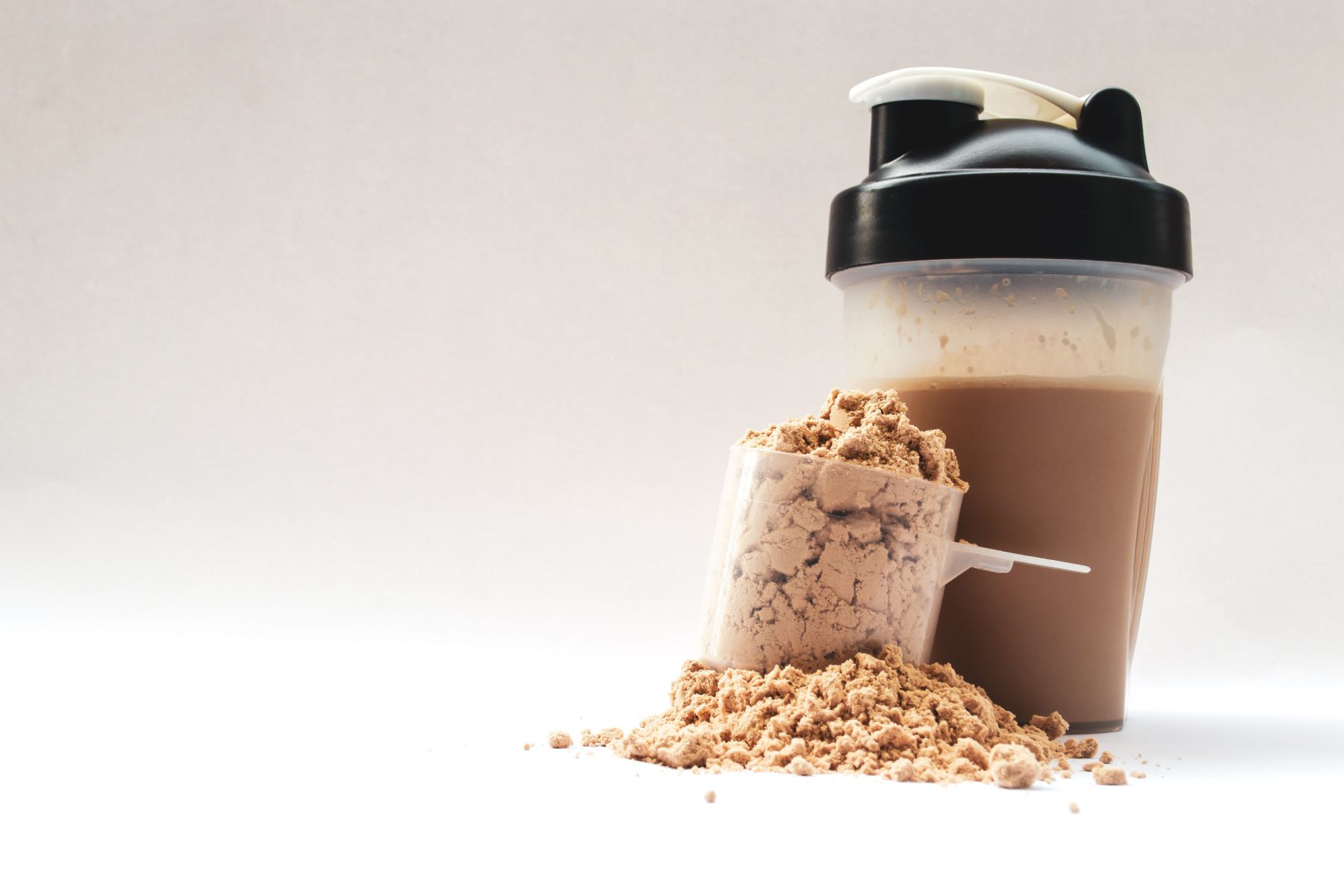
So how do you increase your protein intake?
1. Incorporate protein powder.
Adding protein powder to a smoothie or shake after your workout, or whipping up some protein pancakes or protein oats can be a really quick, easy and convenient way to increase your protein intake each day. Not only can protein powders add deliciousness to your snacks and meals, they also pack in some serious protein at the same time, supporting you in achieving your nutrition and health goals.
But not all protein powders are created equal… When you’re choosing a protein powder, make sure to look for one containing at least 20 g of protein per serve, with no added sugars or artificial colours. The BodyScience Shred Protein is a perfect example of this – not only does it contain an excellent 22 g of protein per serving, it also includes added prebiotics, vitamins, and a specially-crafted thermogenic blend designed to enhance the thermic effect discussed above, so you burn more fat while you build lean muscle. It’s gluten-free and contains no added sugars or colours, while including digestive enzymes to ensure it’s well-tolerated and absorbed, and gentle on your stomach. It’s a one-stop-shop for your protein powder needs.
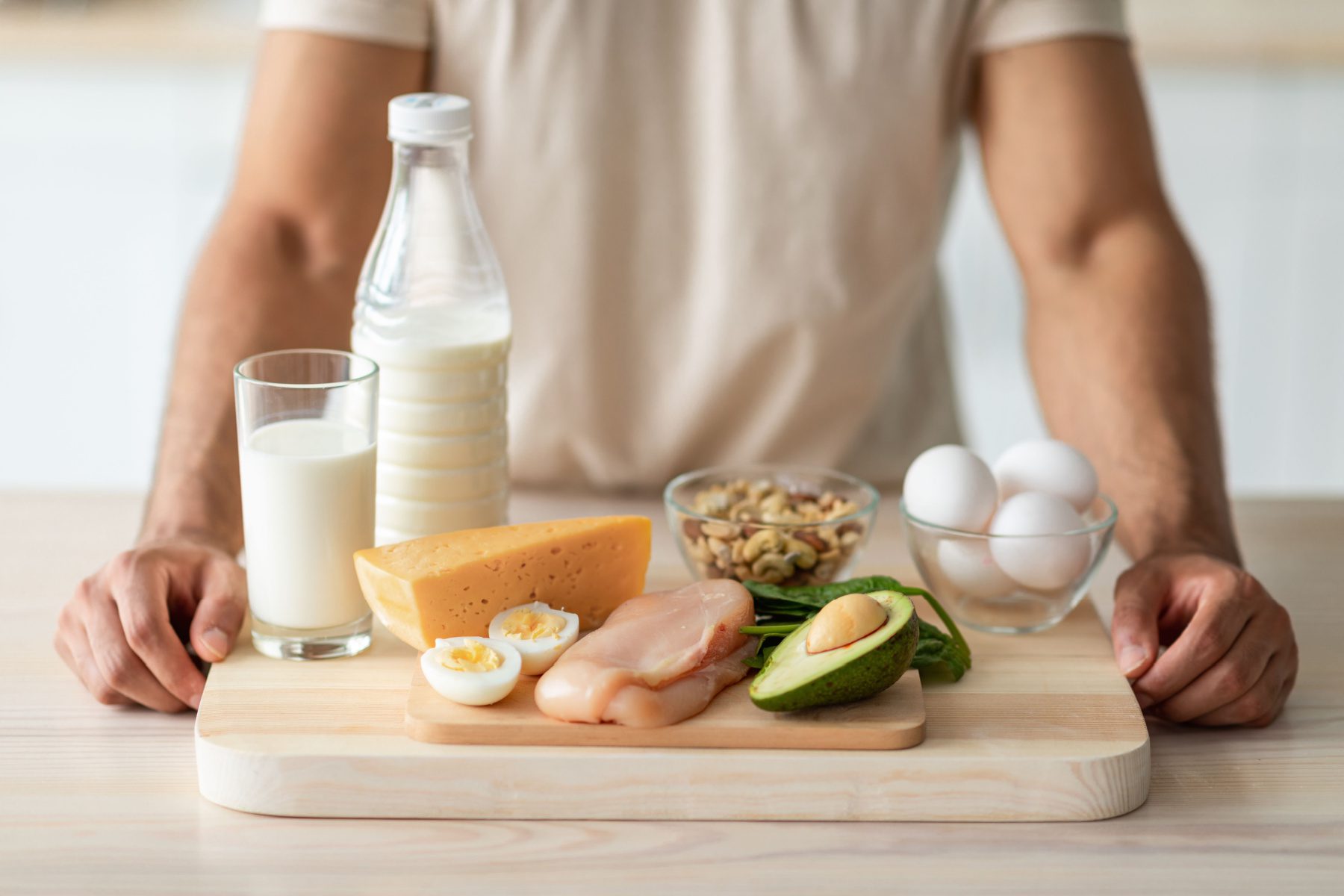
2. Spread your protein intake across all meals and snacks.
Don’t leave it until dinner to cram in all your protein for the day, but instead make sure you’re including at least one protein-rich food in each of your meals and snacks all day long. Breakfast is a great way to pack in some protein early on, by opting for protein smoothies, protein pancakes, egg dishes or oats, adding in protein powder or high-protein ingredients. Then, continue to make it a priority each time you eat. Not only will this help you feel fuller and more satisfied after each meal or snack you eat throughout the day, it will also reduce your risk of overeating or bingeing on sweet snacks and treats later in the day.
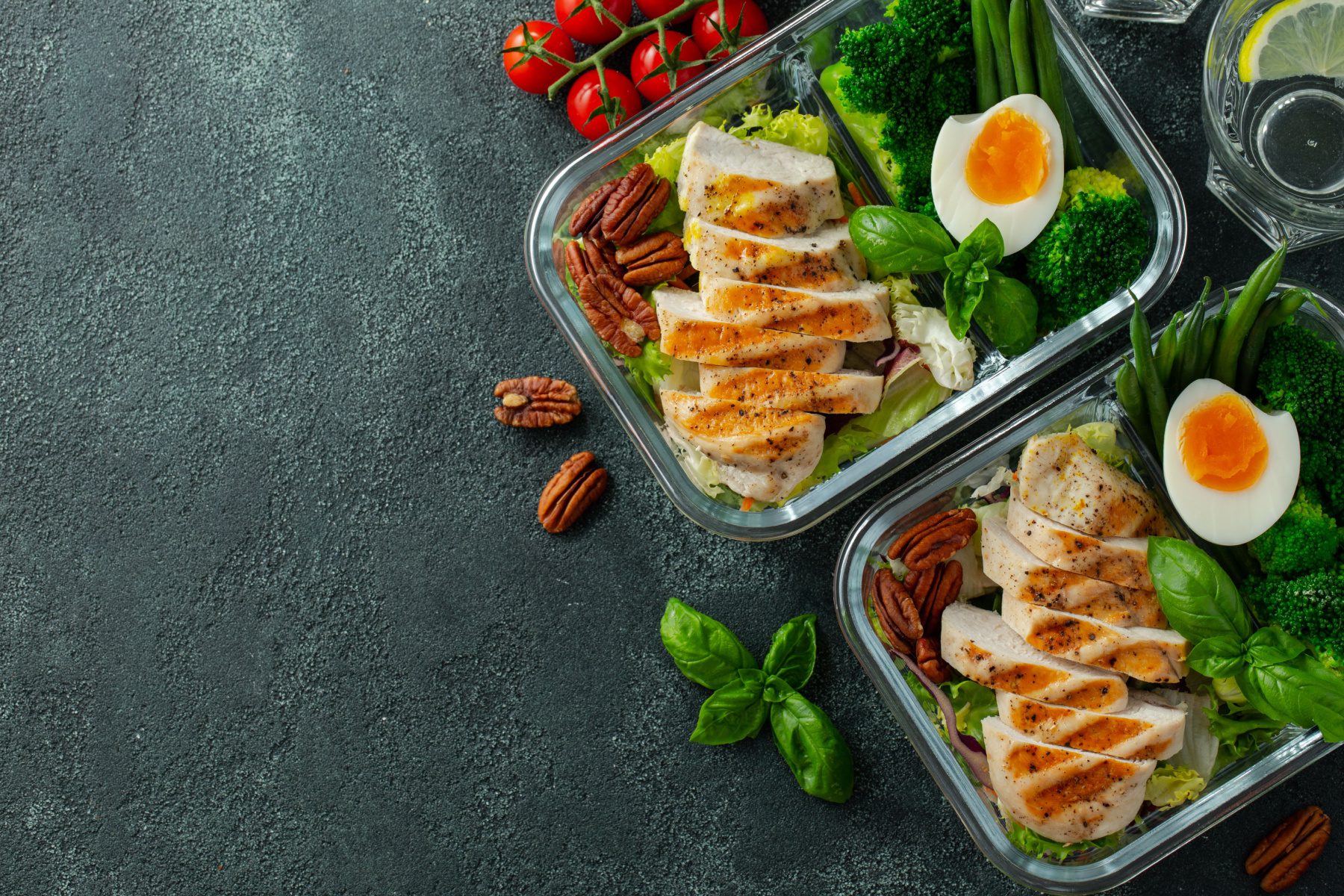
3. Build your meals around protein.
In order to build your meals around protein sources, you first need to know which foods are highest in protein. While naturally animal meats and products tend to be amongst the richest sources of protein, including chicken, turkey, beef, lamb, eggs, yoghurt and cheese, there are plenty of plant-based foods which also pack a protein punch. These include tofu and tempeh, edamame or soybeans, legumes, nuts and seeds, quinoa and whole grains.
Now you understand which foods are useful to include, consider opting for lean protein sources such as chicken breast, turkey or plant-based proteins with low levels of saturated fats, and consider increasing your portion size when you enjoy these foods. Not only are you essentially trading off fat for more protein, you’re making your protein source the hero of your dish.
And get creative with it! Proteins don’t have to be bland or boring. Adding herbs, spices, marinades or dressings to your protein source, and serving it alongside a source of complex carbohydrates, healthy fats and fibre leaves you with a nutritious, satisfying and delicious meal with minimal fuss. We have plenty of high-protein recipe options in our equ meal plans for you to try out for yourself, so you can learn that protein can be delicious too! Once you realise you enjoy the taste of certain proteins or protein powders, like the BodyScience Shred Protein, you’ll be much more motivated to add them into your meals more regularly.

